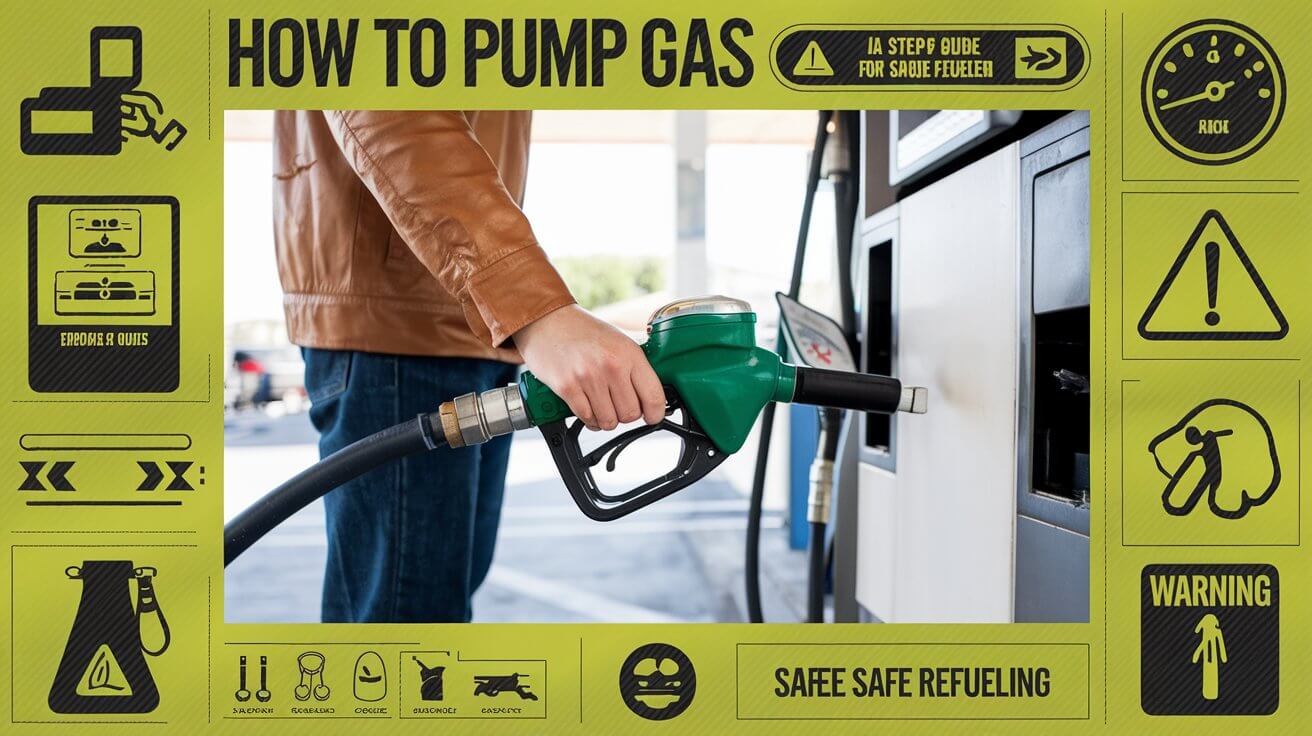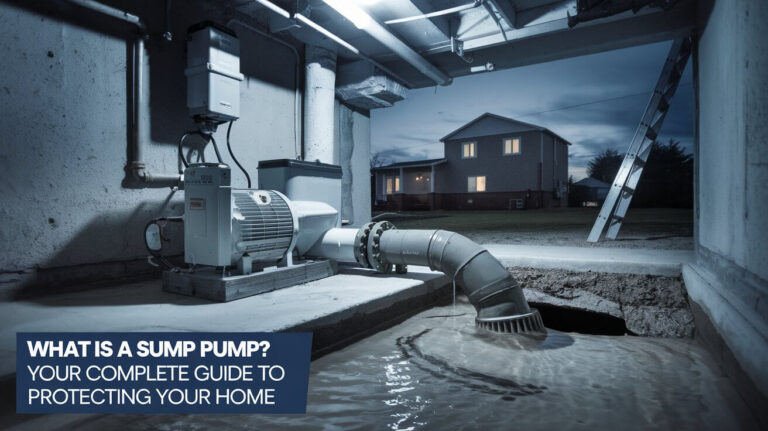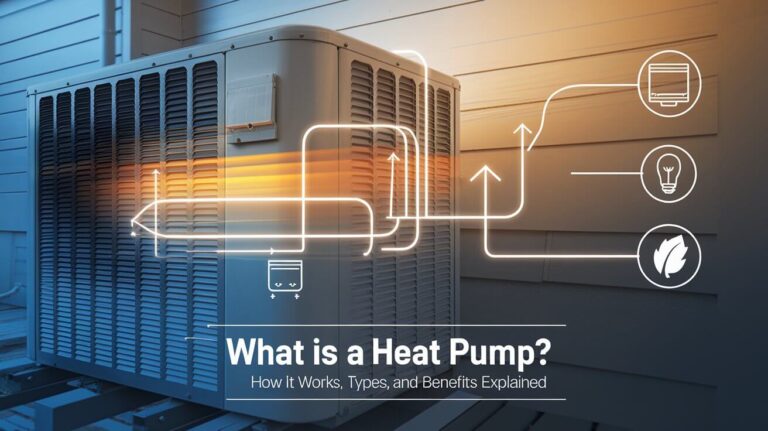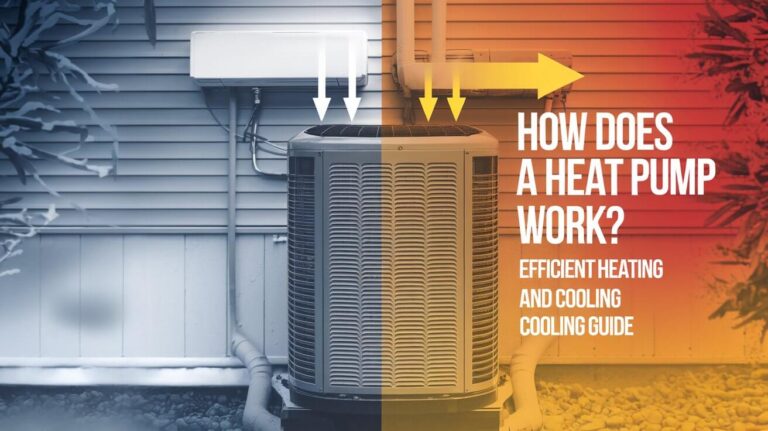How to Pump Gas: A Step-by-Step Guide for Safe Refueling

Learning how to pump gas is essential for every driver, especially for those new to driving or refueling. Whether you’re refueling for the first time or need a refresher, this comprehensive guide will help you understand each step of the process. Pumping gas safely and efficiently ensures that your vehicle runs smoothly and you avoid potential accidents.
Steps to Pump Gas
1. Arriving at the Gas Station
When you pull into a gas station, the first step is determining which side your gas tank is on. Most cars have an arrow near the gas gauge that indicates the side where the fuel door is located. Position your car so that the gas pump nozzle can easily reach the tank.
Fuel Types:
- Regular (87 octane): The most common fuel, suitable for most cars.
- Mid-grade (89-91 octane): Often recommended for cars with slightly higher performance engines.
- Premium (92-94 octane): Necessary for cars that require high-performance fuel, often turbocharged or high-compression engines.
- Diesel: Used only for vehicles with diesel engines (never use diesel in a gasoline engine).
Once you’re positioned, park your car and turn off the engine. This is a crucial safety step, as leaving your car running can create a fire hazard.
2. Turning Off Your Vehicle
After parking, make sure to turn off your vehicle completely. If you have a keyless ignition, ensure that the car is fully off before proceeding. This step reduces the risk of static electricity, which can ignite fuel vapors.
3. Payment Methods at the Pump
Most gas stations offer two ways to pay for fuel:
At the pump:
Most modern gas stations have card readers on the pump itself. Insert your credit or debit card and follow the instructions on the screen. Usually, you’ll be asked to input your zip code as an added security measure.
Inside the station:
If you prefer to pay with cash or have trouble using the card reader, you can go inside the gas station to pay. Let the cashier know how much you’d like to spend, and they will authorize the pump for that amount.
Many stations now accept mobile payment options like Google Pay and Apple Pay, providing a convenient alternative to cards.
4. Choosing the Correct Fuel Grade
Check your vehicle’s owner’s manual to determine the recommended fuel type. Using the correct fuel grade is essential for maintaining your car’s performance and avoiding potential engine damage. If your car recommends regular gasoline (87 octane), there’s no need to spend extra on premium unless specifically required.
For cars that require diesel fuel, make sure to use a pump labeled clearly for diesel. The pump nozzle is often a different color and shape to prevent accidental fueling with the wrong type.
5. Pumping the Gas
Once payment is completed, lift the nozzle and insert it into your vehicle’s fuel tank. Ensure that it fits securely to prevent spills. Select the fuel grade you’ve chosen (regular, mid-grade, premium, or diesel), and pull the handle to start fueling.
Some pumps may require you to lift a lever or press a button before starting. The pump will automatically stop when the tank is full.
To avoid overfilling the tank, it’s best not to “top off” after the pump stops. Topping off can cause fuel to spill or damage your vehicle’s vapor recovery system.
6. Final Steps After Pumping Gas
After the tank is full, carefully remove the nozzle, making sure any excess fuel drains back into the tank. Replace the fuel cap securely—many modern vehicles will warn you if the gas cap isn’t tightly closed. Return the nozzle to the pump and print or skip the receipt depending on your preference.
Safety Precautions When Pumping Gas
1. Why You Shouldn’t Use Electronics While Pumping Gas
Using electronic devices like cell phones while pumping gas can be hazardous. There’s a minimal but real risk of static electricity igniting gasoline vapors. To be safe, leave your phone inside the car while refueling.
2. Avoid Smoking and Open Flames
Gasoline vapors are highly flammable. Never smoke or use open flames at a gas station, as even a small spark can lead to dangerous explosions or fires. Most stations also ban lighters and matches on the premises for this reason.
3. Never Top Off the Gas Tank
Once the pump automatically shuts off, avoid topping off your tank. Overfilling can cause gasoline to spill out of the tank and onto the ground, which is not only wasteful but harmful to the environment. It can also damage your vehicle’s vapor recovery system, which helps reduce emissions.
4. Static Electricity Risks
Static electricity can build up if you move in and out of your vehicle while fueling. If you get back into your car during fueling, touch a metal part of your car (like the door) to discharge any static before touching the gas pump nozzle again.
Common Issues and Troubleshooting
1. What to Do If the Pump Malfunctions
If the gas pump doesn’t start or stops mid-pump, check to make sure the nozzle is fully inserted and the payment has been processed. If the pump still won’t work, ask a station attendant for help or switch to another pump.
2. Handling the Wrong Fuel Choice
Accidentally pumping the wrong fuel (such as diesel into a gasoline car) can cause significant damage to your engine. If this happens, do not start the car. Inform the station staff immediately, and they will assist you in safely handling the situation.
3. Avoiding Fuel Theft and Fraud
To protect yourself from credit card fraud at the pump, always check for any unusual devices on the card reader, like card skimmers. Opt for contactless payment methods when available to avoid the risk of having your card data stolen.
Regional and Legal Considerations for Pumping Gas
1. Where Self-Serve Gas Stations Are Illegal
In the U.S., self-serve gas stations are illegal in two states: New Jersey and Oregon. In these states, attendants pump gas for customers. Other countries like Brazil and some parts of Japan also prohibit or restrict self-service fueling.
2. ADA Requirements for Gas Stations
The Americans with Disabilities Act (ADA) ensures that gas stations must provide assistance to people with disabilities upon request. Pumps should be designed for easy access, and attendants are required to help if you need it. Many stations have special buttons for requesting assistance.
Tips for Efficient Gas Pumping
1. How to Save Money When Pumping Gas
Gas prices fluctuate throughout the week. Typically, gas is cheaper on weekdays, especially earlier in the morning. Use gas price-tracking apps to find the lowest prices in your area. Some stations also offer loyalty programs or discounts, so consider signing up for those.
2. Maximizing Fuel Efficiency
To get the most out of each tank, keep your vehicle well-maintained. Regular oil changes, properly inflated tires, and using the recommended fuel grade all contribute to better fuel efficiency. Also, consider driving at a consistent speed and avoiding rapid acceleration to conserve fuel.
Conclusion
Pumping gas may seem intimidating at first, but it’s a straightforward process once you know the steps. By following the guidelines outlined here, you’ll be able to fuel your vehicle confidently and safely. Always remember to use the correct fuel type, follow safety protocols, and maintain awareness of regional regulations for a smooth refueling experience.




